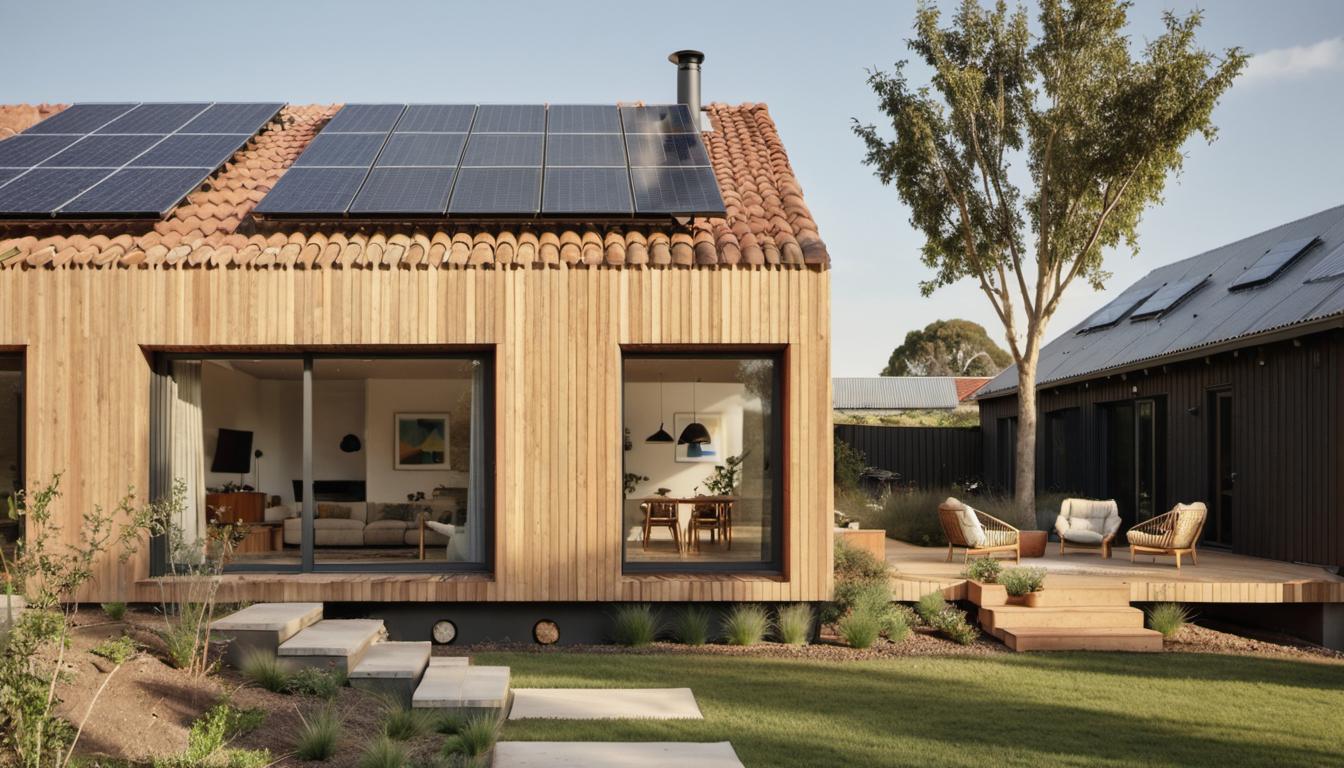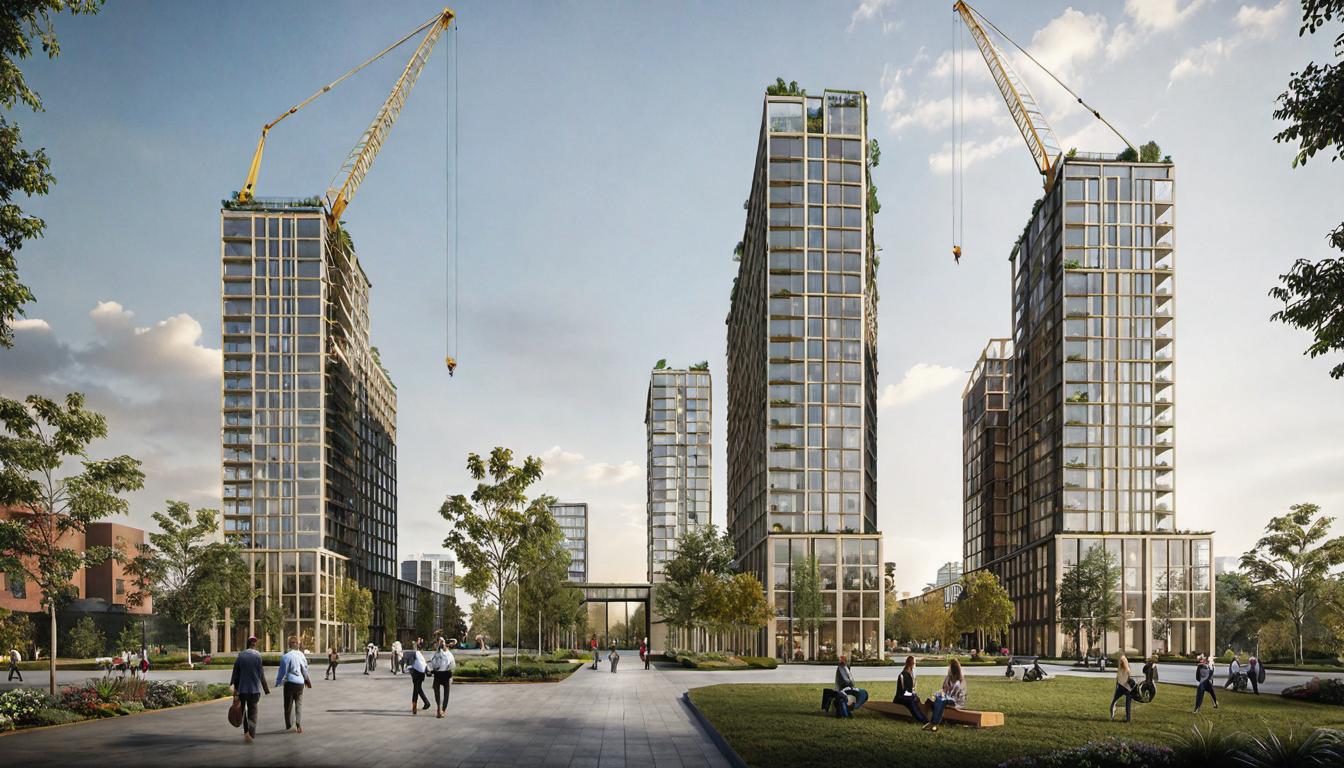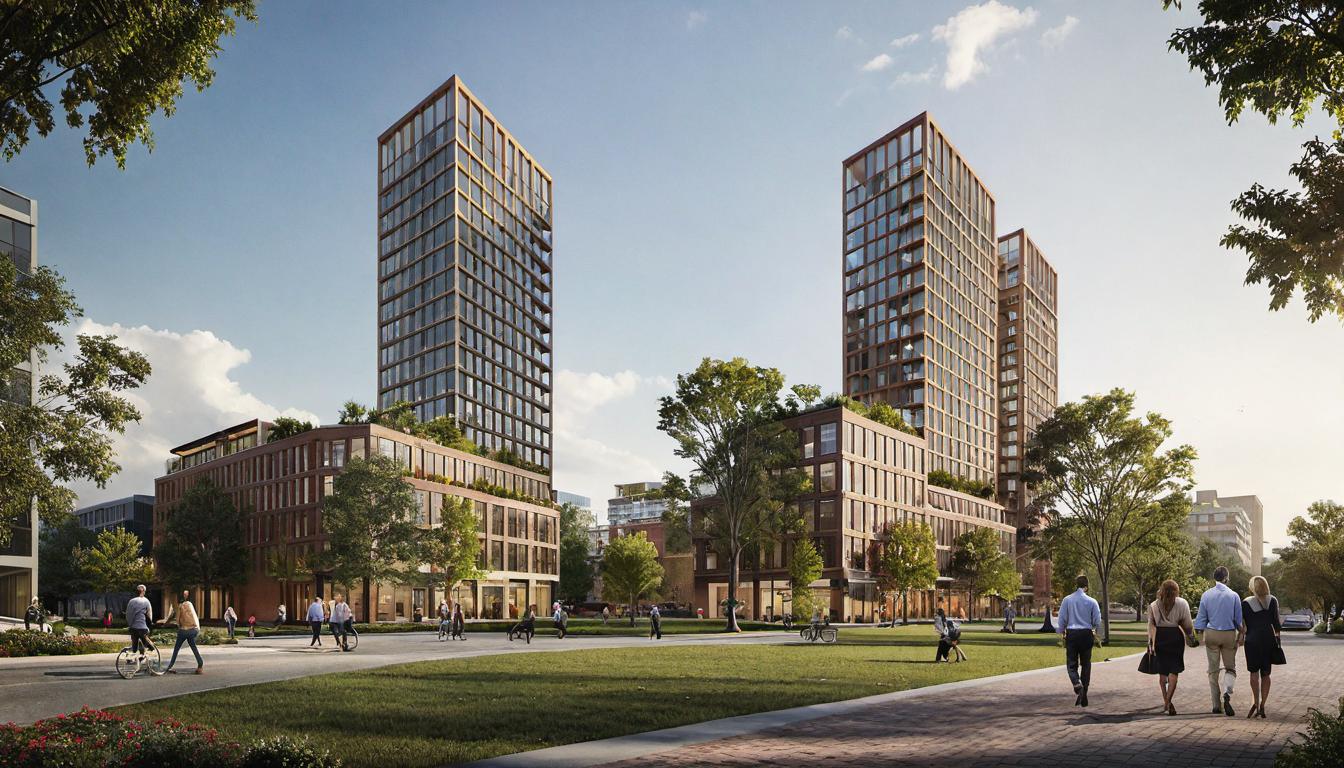Copyright © 2024 Rendair
Earth House vs Conventional Home: A Cost Analysis
Compare the advantages, costs, and sustainability of building an earth home vs a conventional one. A resourceful analysis for architects, interior designers, and the real estate industry.






